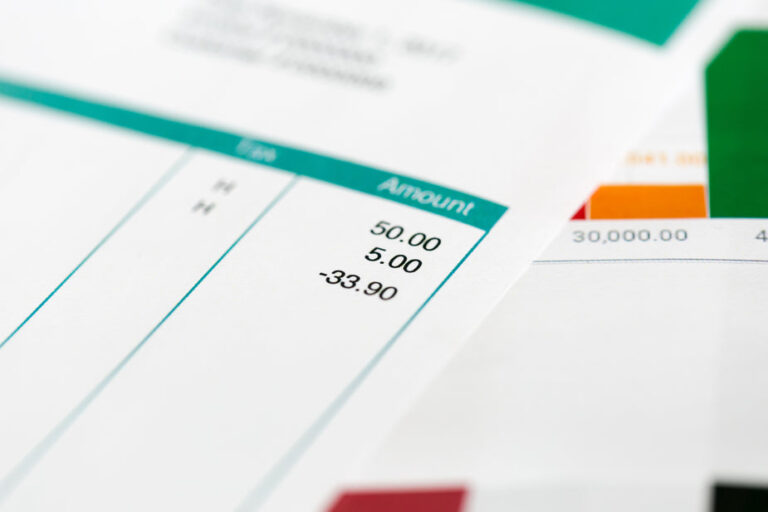Balanced funds have long been the go-to investment option for Australians wanting a mix of growth and stability. In a year of economic shifts, rising interest rates, and superannuation policy tweaks, is the balanced fund still the backbone of a healthy portfolio? Here’s a deep dive into how these funds are adapting in 2025, and what that means for your money.
What Exactly is a Balanced Fund?
Balanced funds are managed investment funds that typically split your money between growth assets (like shares and property) and defensive assets (like bonds and cash). Most Australian balanced funds aim for a 60/40 or 70/30 split between growth and defensive investments. The goal? To deliver solid returns while smoothing out the bumps of market volatility.
In 2025, the definition of ‘balanced’ is under the microscope. The latest APRA data shows that some funds have crept up to 75% in growth assets, chasing higher long-term returns. This means your ‘balanced’ fund could be riskier than you think—so it pays to check the underlying asset mix, not just the label.
How Are Balanced Funds Performing in 2025?
After a rollercoaster 2022–2023, balanced funds rebounded in 2024 with average annual returns of 7–8%. Early 2025 data suggests funds are tracking slightly lower, at around 5–6%, as global growth cools and central banks keep interest rates elevated to curb inflation. The good news is that balanced funds have outperformed cash and term deposits, which remain subdued despite higher rates.
- Superannuation impact: The government’s Performance Test for MySuper products has kept underperforming funds under pressure, leading to better outcomes for investors. Funds that fail the test two years in a row must close to new members, so competition is fierce.
- Fees trending down: The average fee for balanced options in 2025 is below 0.9%, thanks to regulatory scrutiny and greater use of index strategies.
- Sustainable investing: ESG (Environmental, Social, Governance) overlays are now standard in most balanced funds. This means more of your money is going into companies with strong sustainability credentials.
Who Should Consider a Balanced Fund?
Balanced funds are designed for investors who want:
- Moderate risk: Willing to accept some market ups and downs, but not the full swings of an all-shares portfolio.
- Diversification: Exposure to Australian and global shares, property, fixed interest, and cash—without having to pick investments yourself.
- Long-term growth: Suited to superannuation, or investors with a 5+ year time horizon.
Real-world example: Many Australian super funds place members in a default ‘balanced’ option unless they actively choose another. For a 35-year-old with a $50,000 balance, a balanced fund offers the chance to grow wealth for retirement, while cushioning market downturns like those seen during the early 2020s and again in late 2024.
Risks and Watchouts for 2025
Even balanced funds aren’t immune to market turbulence. With global economic uncertainty, the risk of recession in Europe and China, and geopolitical tensions, 2025 could see more market swings. Here’s what to keep in mind:
- Hidden risk: Some balanced funds are now more aggressive, holding up to 80% in growth assets. Always check the actual asset allocation, not just the marketing headline.
- Performance dispersion: The gap between the top and bottom balanced funds is widening—over 2% in annual returns, according to Rainmaker’s 2025 report.
- Regulatory changes: Watch for updates to the Your Future, Your Super regulations, which could affect how funds invest and report performance.
Conclusion: Are Balanced Funds Still a Smart Move?
For most Australians, balanced funds remain a reliable way to grow wealth with controlled risk—especially within super. But in 2025, the key is to look under the hood: check the true asset allocation, compare fees, and keep an eye on performance. With new regulations and sustainability trends, the balanced fund of today is not quite the same as five years ago. Make sure it still matches your goals—and don’t settle for mediocrity.

